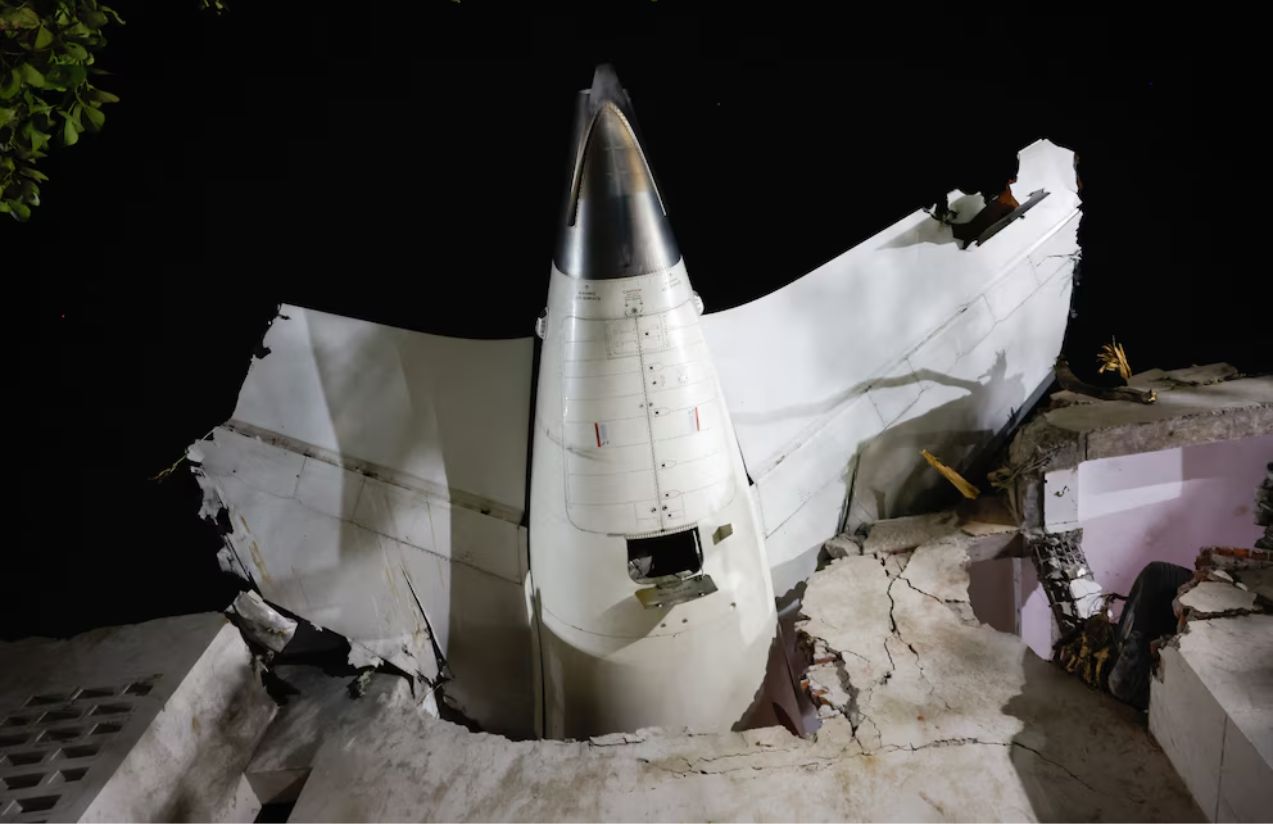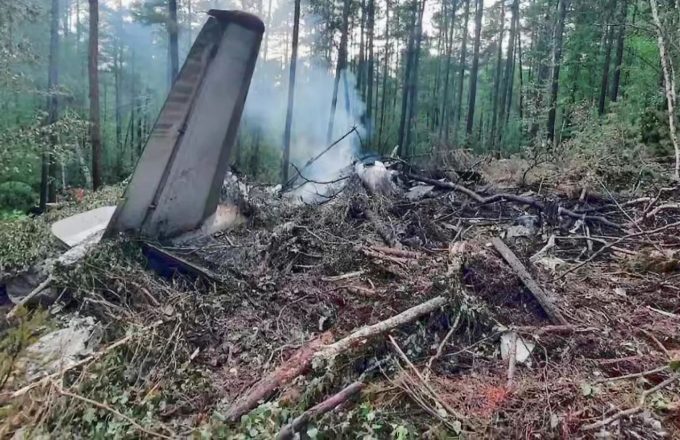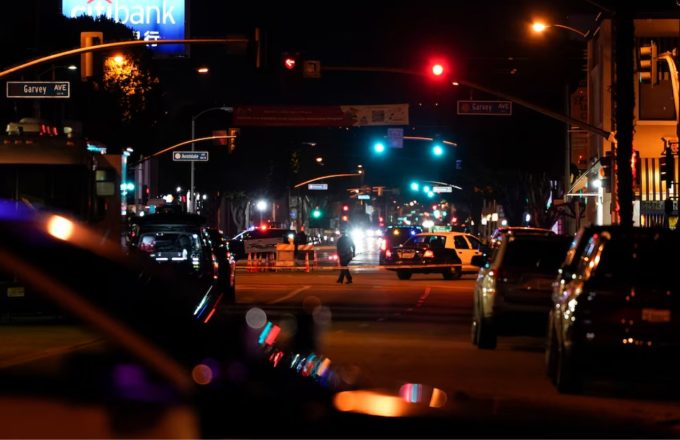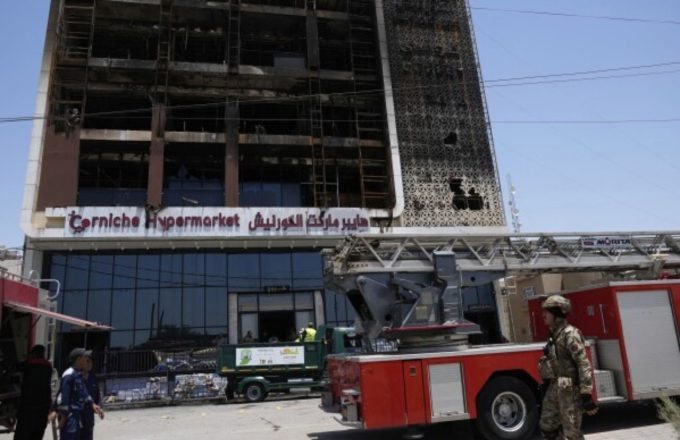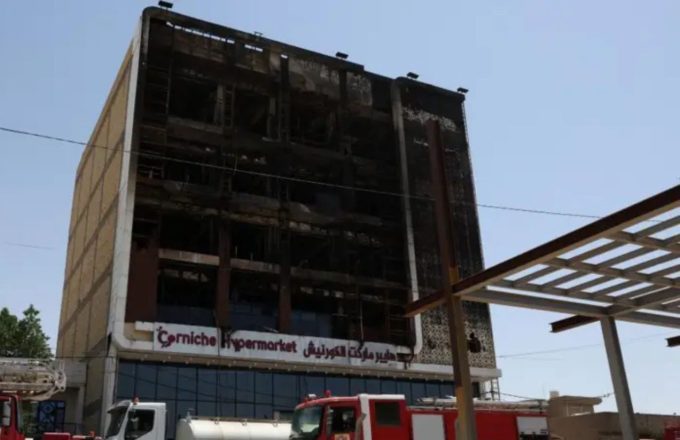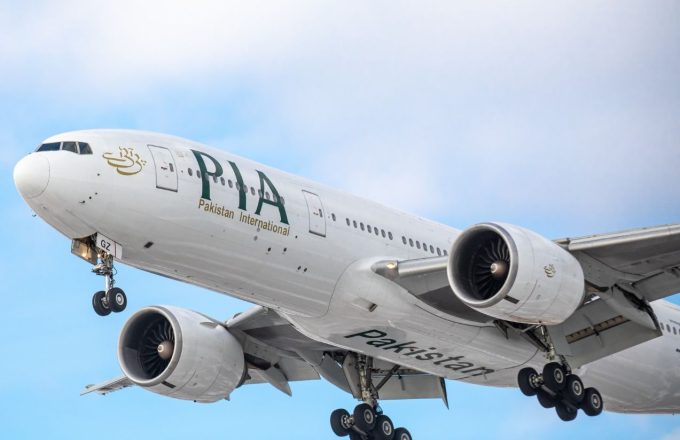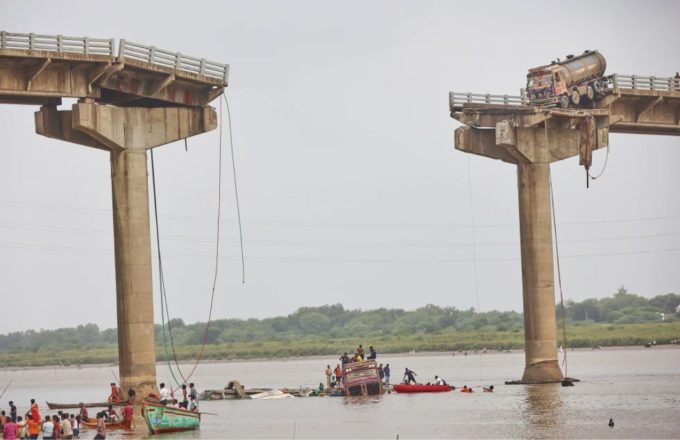Investigations into the tragic crash of an Air India flight on June 12 in Ahmedabad, which claimed 260 lives, increasingly point to human error as a key factor. According to sources cited by The Wall Street Journal, initial assessments have ruled out technical failures in the Boeing 787 Dreamliner or its engines, focusing instead on the crew’s handling of the aircraft’s fuel control systems.
The plane, en route from Ahmedabad to London, took off normally but lost thrust after reaching an altitude of just 200 meters, crashing into a nearby student residence. Of the 242 people onboard, only one survived. Several people inside the building were also killed.
At the center of the investigation are the fuel control switches located in the cockpit. These switches are designed to remain on throughout the flight and should only be manipulated in exceptional situations. However, they were found in the off position just moments after takeoff, triggering a near-simultaneous loss of power in both engines. This led to the automatic deployment of the aircraft’s emergency ram air turbine (RAT), which supplies electrical power and hydraulic pressure in critical situations.
Boeing conducted a technical simulation based on data from the black boxes, concluding that the switches were improperly operated. However, investigators have yet to determine whether the shutdown was accidental, intentional, or the result of a poorly executed maneuver. It also remains unclear whether the crew attempted to restore power before the crash.
“The effect on the engines is immediate — thrust is lost,” aviation safety expert John Cox told U.S. media. “You can’t move those switches by accident. They can’t just be bumped out of position,” he added.
This incident marks the first fatal crash involving a Boeing Dreamliner since the model entered service in 2011. The aircraft involved had been delivered to Air India in 2014 and had no record of major technical issues.
On a corporate level, the crash disrupted Air India’s ambitious restructuring process under the Tata Group, which acquired the airline in 2022 with plans for fleet renewal and global expansion. The incident has now placed the company’s internal protocols and crew training procedures under heavy scrutiny.
From a technical standpoint, India’s Aircraft Accident Investigation Bureau (AAIB) was expected to release a preliminary report shortly after the crash, but delays have sparked frustration among international aviation authorities. The black box data was extracted at a newly opened lab in Delhi, a process that took about two weeks and reportedly caused friction with foreign experts.
The U.S. National Transportation Safety Board (NTSB) even considered withdrawing from the investigation due to the delays but ultimately kept its team in India to complete the analysis. The International Civil Aviation Organization (ICAO) also sent an observer following diplomatic talks with the Indian government, although it declined to comment publicly on its role, stating that official communications fall under the host country’s responsibility.
The flight was commanded by Captain Sumeet Sabharwal, who had logged over 10,000 flight hours, and First Officer Clive Kunder, with more than 3,400 hours. Both were experienced in operating wide-body aircraft and had clean professional records. While training deficiencies have been ruled out, the pilots’ actions in the critical moments after takeoff remain under review.
The tragedy has also triggered political repercussions. The Indian Parliament has formed a special panel to assess the state of civil aviation safety, summoning government officials and industry representatives to examine both the causes of the crash and the country’s current emergency response and operational oversight procedures.
The crash poses a significant challenge to India’s aspirations of becoming a global aviation hub — a key element of its economic growth strategy and plans for expanding air connectivity.
The AAIB is expected to continue its technical analysis over the coming months. According to international standards, the full investigation could take over a year. The final report will aim to clarify the causes of the crash, assign accountability, and propose reforms in operational, training, and safety protocols across India’s commercial aviation sector.


